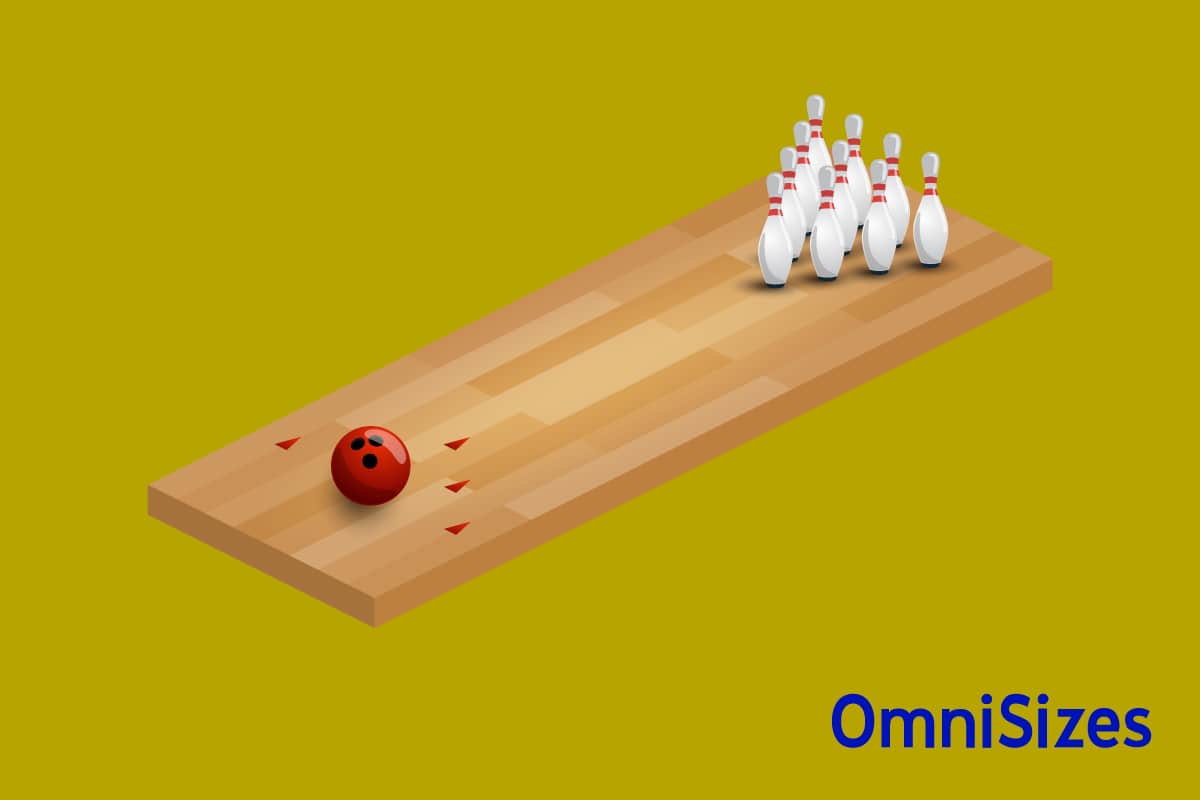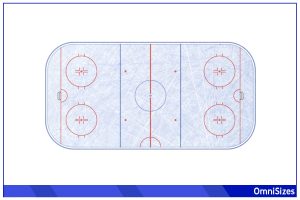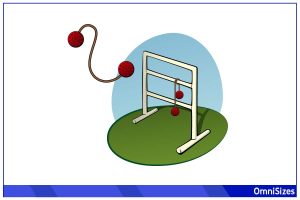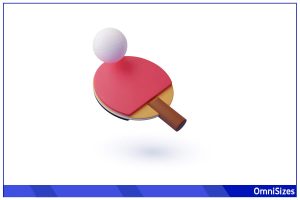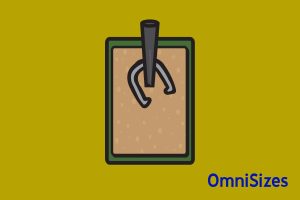Bowling is an enjoyable sport that combines precision and a bit of physics. The size and dimensions of the bowling pin and lane will have an effect on the game’s dynamics. So, what are the sizes of bowling pins and lanes?
Bowling pins vary in type and size:
- A standard tenpin is 4.66 inches (12.12 cm) wide at its widest point and 15 inches tall (38.1 cm) tall
- Duckpins are smaller at 4.1 × 9.4 inches (10.4 × 23.9 cm)
- Candlepins measure 2.94 × 15.75 inches (7.47 × 40 cm)
The standard bowling lane is 42 inches (1.07 m) wide and 60 feet (18.29 m) long.
This guide will take you into the fascinating details of bowling pin and lane sizes, from standard measurements to different variants. It’ll also explore the various different bowling styles and equipment.
Standard Bowling Pin Dimensions

To the uninitiated, bowling simply involved throwing a heavy ball down a lane with the goal of knocking down pins. While this may be true for the most part, the equipment, especially the size of the pins, are of special importance.
1. Tenpin Bowling Pins
Tenpin bowling is the most common style in many countries. The pins used in this version measure 4.66 inches (12.12 cm) in width at their widest point and stand 15 inches (38.1 cm) tall. Each pin weighs between 3 lb 6 oz and 3 lb 10 oz (1.53 to 1.64 kg). The design is carefully crafted to ensure stability and uniformity, with a narrow neck that widens towards the bottom.
2. Duckpin Bowling Pins
Duckpin bowling uses smaller and lighter pins. Each duckpin measures about 4.1 inches (10.4 cm) in width and 9.4 inches (23.9 cm) in height. They weigh between 1 lb 13 oz and 1 lb 15 oz (0.82 to 0.88 kg). Their smaller size makes scoring strikes more challenging.
3. Candlepin Bowling Pins
Candlepin bowling features the tallest and thinnest pins. Each candlepin is 2.94 inches (7.47 cm) wide and 15.75 inches (40 cm) tall, resembling a candle, as the name suggests. They weigh about 2 lb 8 oz (1.13 kg). The pins’ shape and weight distribution make them more difficult to knock down.
4. Five-Pin Bowling Pins
Five-pin bowling uses pins that are intermediate in size between tenpins and duckpins. They measure approximately 5 inches (12.7 cm) in width and 12.5 inches (31.75 cm) tall. These pins are attached to strings to facilitate quick resetting.
5. Skittles and Other Variations
Skittles, a European variant of bowling, has numerous versions with different pin sizes and shapes. The pins are generally smaller and lighter than standard tenpins. Their dimensions vary significantly based on the regional variation of the game.
Bowling Pin Sizes Summary Table
| Bowling Type | Pin Height (inches/cm) | Pin Width (inches/cm) | Pin Weight (lb/oz, kg) |
| Tenpin | 15 in / 38.1 cm | 4.66 in / 12.12 cm | 3 lb 6 oz – 3 lb 10 oz / 1.53 – 1.64 kg |
| Duckpin | 9.4 in / 23.9 cm | 4.1 in / 10.4 cm | 1 lb 13 oz – 1 lb 15 oz / 0.82 – 0.88 kg |
| Candlepin | 15.75 in / 40 cm | 2.94 in / 7.47 cm | 2 lb 8 oz / 1.13 kg |
| Five-Pin | 5 in / 12.7 cm | 12.75 in / 31.75 cm | Varies |
| Skittles | Varies | Varies | Varies |
Anatomy of a Bowling Lane
Bowling lanes are more than just long, flat surfaces. Their design and dimensions are key to how the game is played.
1. Lane Length and Width
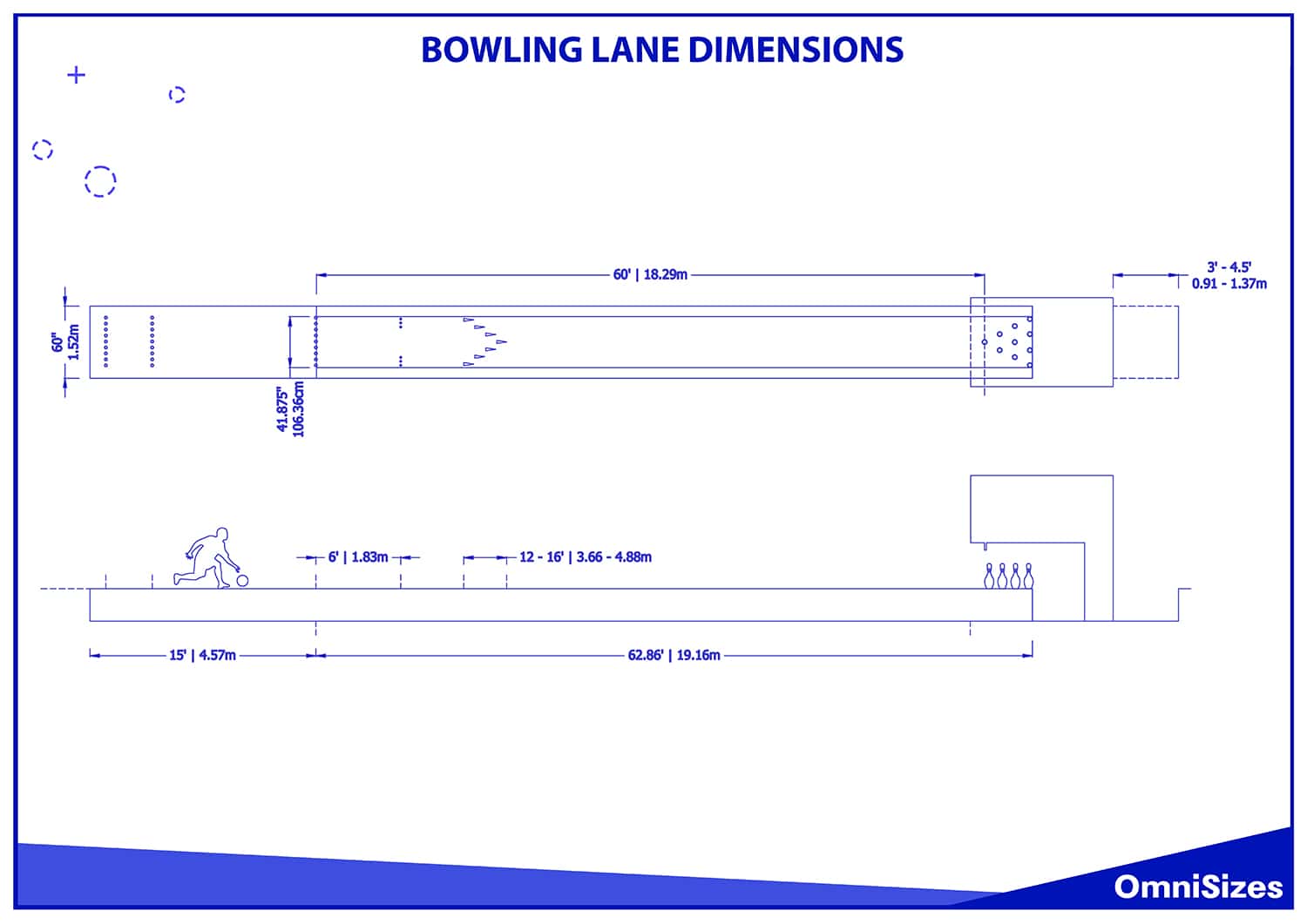
A standard bowling lane is 60 feet (18.29 m) long from the foul line to the headpin. This length is divided into different zones: the approach area, the foul line, the lane itself, and the pin deck. The lane’s width is 42 inches (1.07 m) not including the gutters. Each gutter is 9.25 inches (23.5 cm) wide.
2. Lane Markings and Boards
The lane is marked with several key features for guiding players. The most noticeable are the arrow markings, located about 15 feet (4.57 m) from the foul line. These arrows are used by players to aim their shots. Additionally, the lane is made up of 39 boards, each 1.06 inches (2.7 cm) wide, running the width of the lane.
3. The Approach Area
The approach area is where players take their steps before releasing the ball. This area is typically about 15 feet (4.57 m) long, providing ample space for a bowler’s run-up.
4. The Foul Line
The foul line is a critical part of a bowling lane. Crossing this line during a delivery is a foul and results in no score for that delivery. It’s typically 3/8 to 1 inch (0.95 to 2.54 centim) wide and runs the entire width of the lane.
5. The Pin Deck
The pin deck is the area of the lane where the pins are set up. It’s 2.75 feet (0.84 m) long and is precisely aligned to ensure accurate pin placement. The positioning of the pins is crucial for consistent pin action and scoring.
6. The Gutters
Gutters run alongside the lane and are designed to collect balls that veer off the lane. Understanding their positioning can help players adjust their aim to avoid gutter balls.
Bowling Lane Size Summary Table
| Feature | Dimension |
| Total Length | 60 feet (18.29 m) |
| Width | 42 inches (1.07 m) |
| Gutter Width | 9.25 inches (23.5 cm) each |
| Approach Area | 15 feet (4.57 m) |
| Foul Line Width | 3/8 – 1 inch (0.95 – 2.54 cm) |
| Pin Deck Length | 2.75 feet (0.84 m) |
Bowling Ball Size and Weight
In the end, the one aspect players have the most control over is the bowling ball, though there are variations in size and weight.
1. Standard Ball Size
The diameter of a standard bowling ball is between 8.5 inches (21.59 cm) and 8.595 inches (21.83 cm). This size is designed to comfortably fit in bowling ball return systems and handily in the bowler’s hand.
2. Weight Variations
Bowling balls come in a range of weights to suit different players. They can weigh from 6 pounds (2.72 kilograms) up to the maximum allowed weight of 16 pounds (7.26 kilograms). Heavier balls can knock down pins more effectively, but they require more strength to handle.
- Best 6-lb Bowling Ball: ELITE Pre-Drilled Star Bowling Balls
- Best 10-lb Bowling Ball: Brunswick Tzone Bowling Ball
- Best 16-lb Bowling Ball: Hammer Black Widow 2.0 Hybrid
